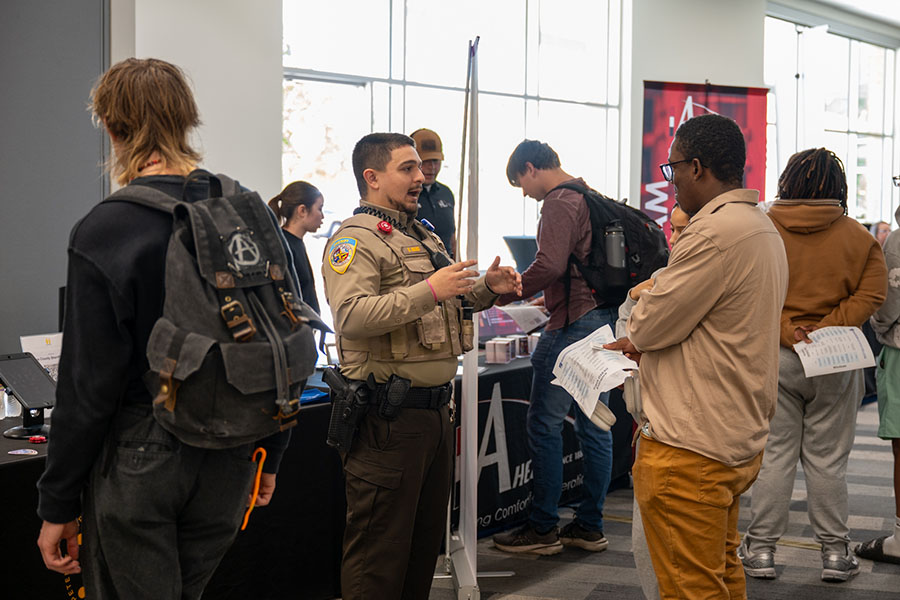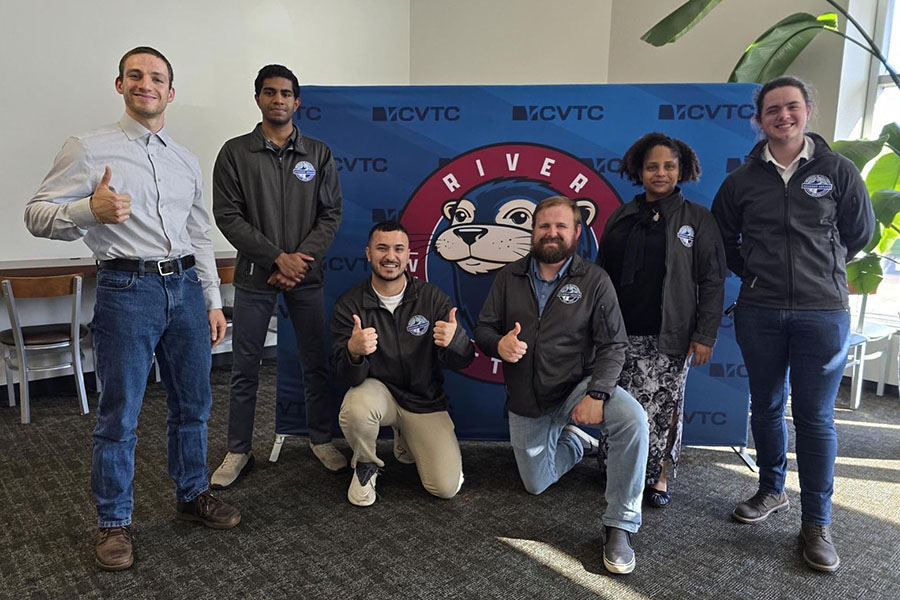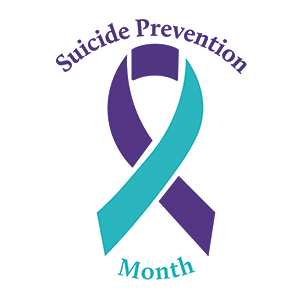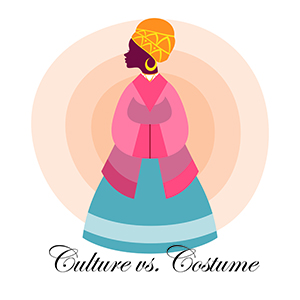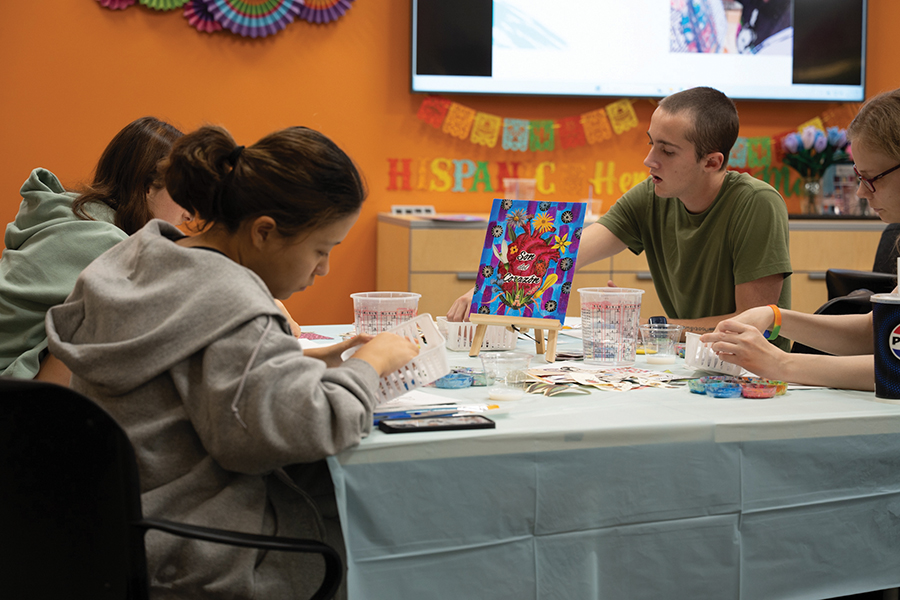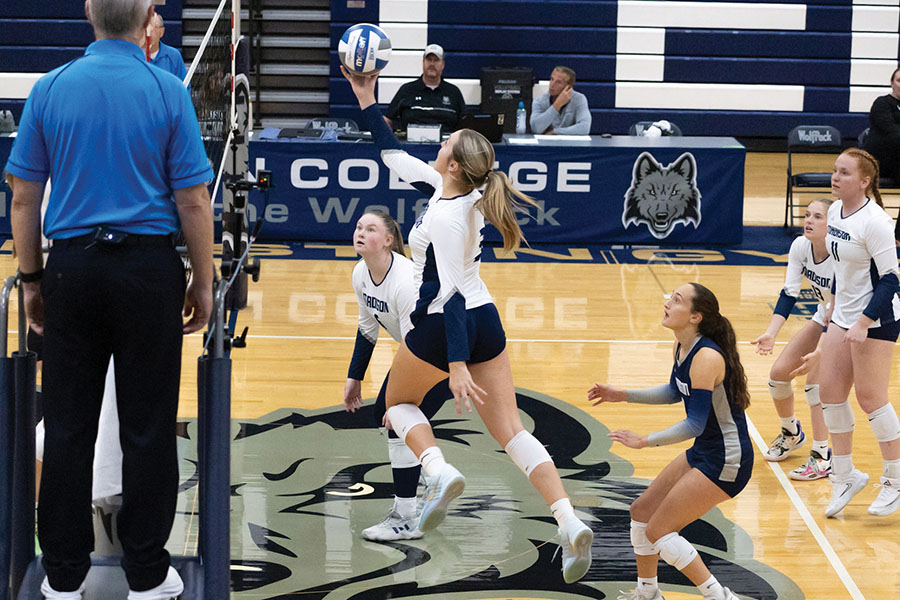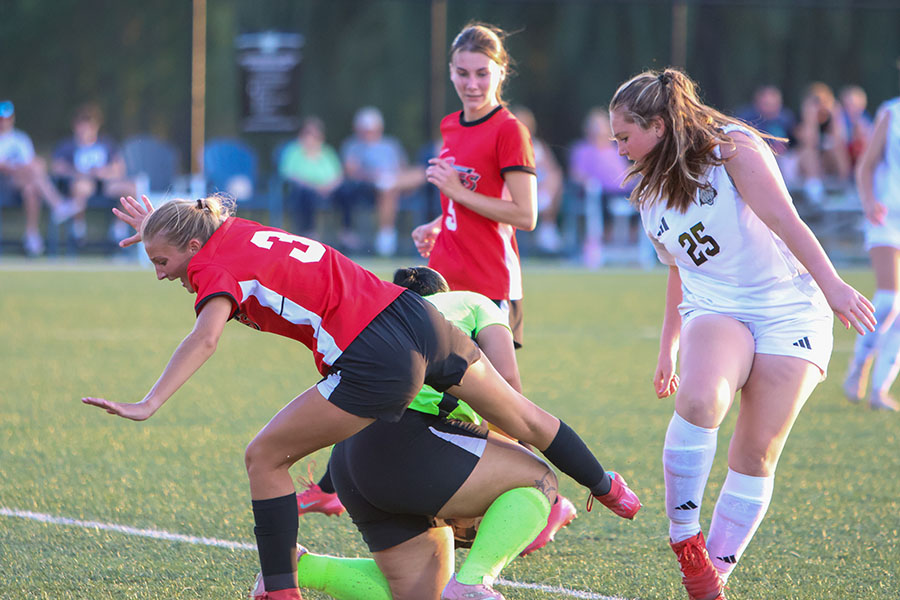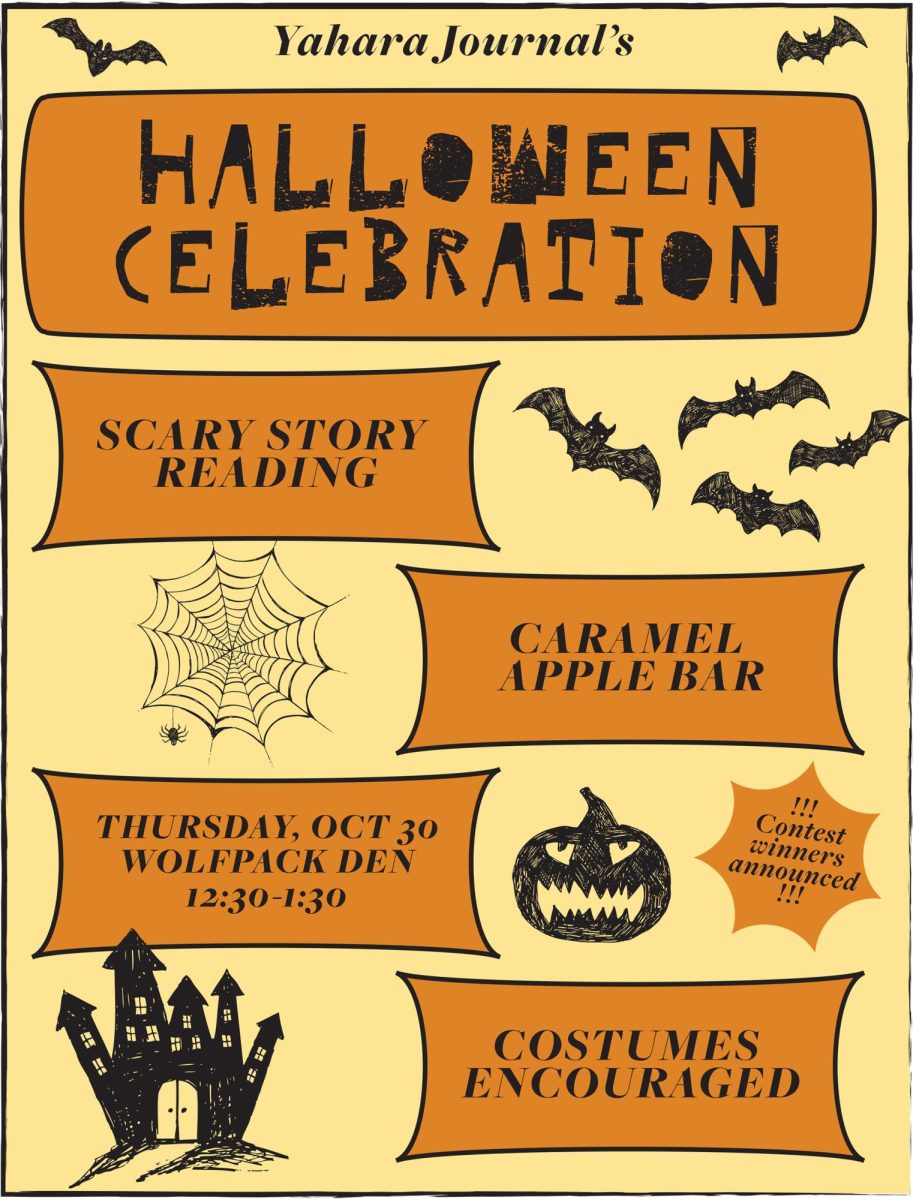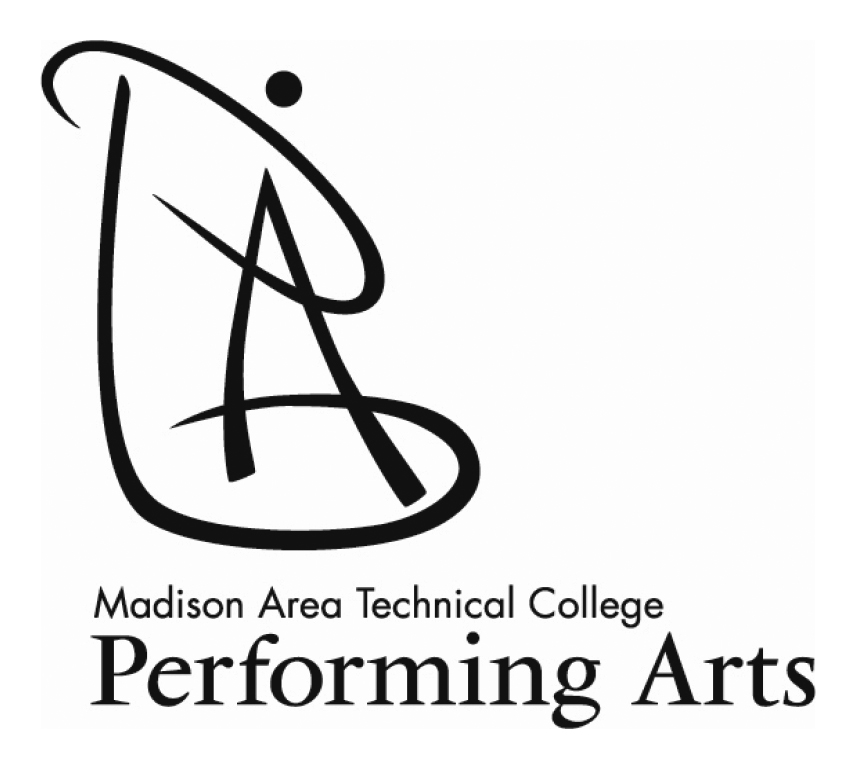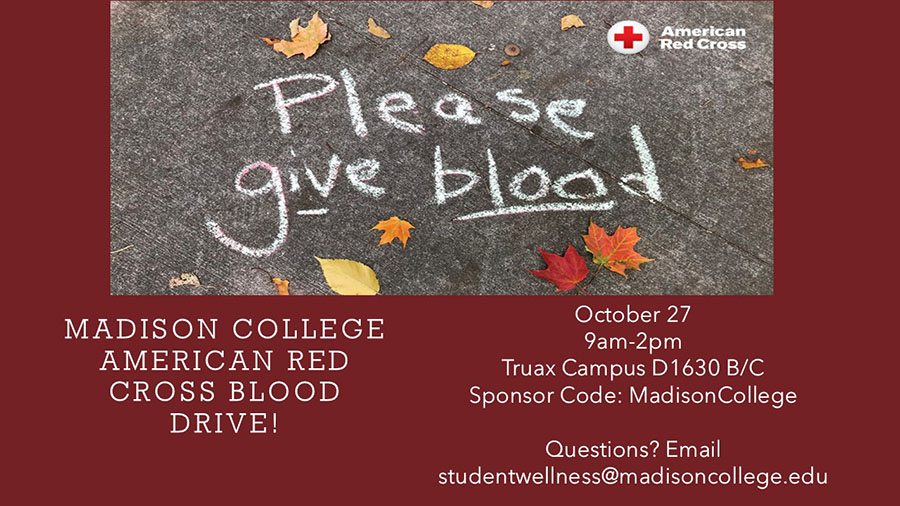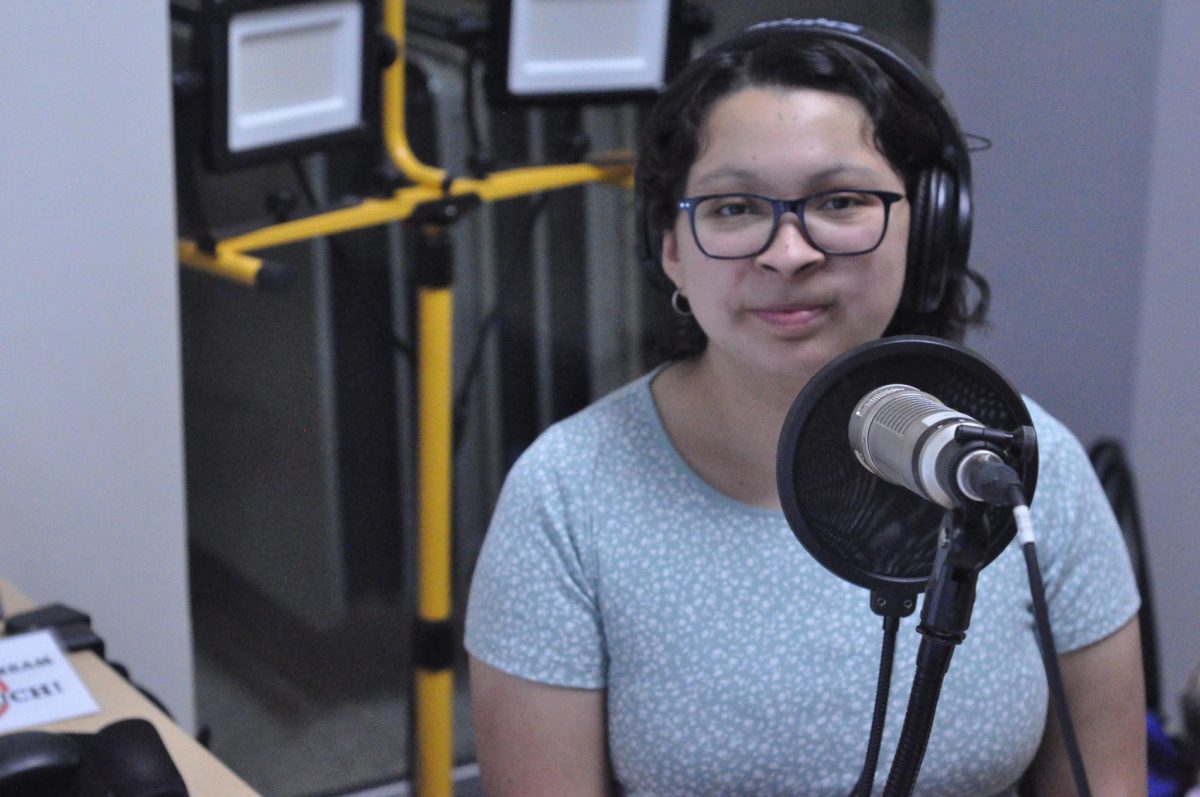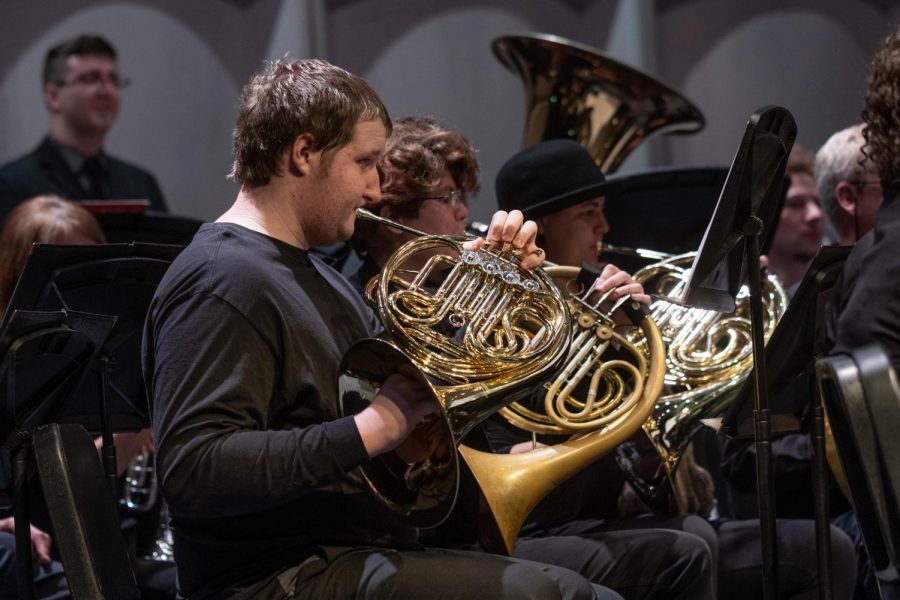Music Department Update
Performers, directors adjusting to changes imposed by COVID-19
In person performance by Madison College music ensambles like the one pictured above can’t currently happen because of COVID-19 pandemic, so the college’s music department is developing other ways for students to stay engaged in the activities they enjoy.
October 14, 2020
Co-Music Director Jamie Kember usually teaches a three-credit course every year at Madison College along with directing jazz ensembles and teaching at LaFollette High School.
“This is the first semester in 12 years that I haven’t been teaching that course and that’s just a COVID casualty, I suppose,” said Kember.
The music department of student life at Madison College has been doing their best while handling the COVID-19 pandemic. Kember remembers back to just a year ago when life was so much different.
“It was a very exciting time for music and all of the performing arts at Madison College. Our ensembles were larger than they’ve ever been, and we had also just moved into our new practice space at Truax.”
At this time last year, Madison College had just sold the downtown campus’s music space and renovated the Truax studios by combining both studios into one large ensemble practice space.
“We were just getting settled into that a year ago. Ensemble participation was really, really strong and things were looking great as we were moving into 2020,” said Kember. The big band ensemble was also getting ready to spend two weeks in Germany during the summer of 2020.
The big band ensemble had done a similar tour in 2017 and was invited back to help their sister city, Freiburg, Germany, celebrate their 900th anniversary of being a city. “That type of timeline we don’t really know here in the United States, but in Europe that’s where they’re hanging,” chuckled Kember.
Unfortunately, once the pandemic hit in March of this year, the trip to Germany was cancelled along with all other performances for all musical ensembles.
On the brighter side, all the ensembles that include both degree credit and continuing education students are running this year, albeit all virtual. These ensembles include orchestra, the municipal band, choral collective, and big band jazz ensemble and combo as a collective. The ensembles that don’t exist right now are the concert choir and the world drumming ensemble which would have been open to only degree credit students.
The ensembles that are a reality this semester are happening over various video conferencing sites depending on the conductor.
“Each of the conductors are taking a slightly different path but I will say that we are all unified in the front of giving everyone an excuse to make music in their week. I think that that is extremely important in these times as just a way to put aside all of the daily strife,” said Kember.
The music department has been persevering this semester with the focus of using music as a reflective process and a way to escape from life’s difficulties. “
We definitely feel like we’re doing our job in helping people continue on their paths as musicians and helping everybody create something beautiful while they’re at home dealing with all that comes along with this pandemic,” said Kember.
“A lot of people are going through lots of different kinds of struggles whether it be taking care of a sick family member or going through having COVID themselves. I think there’s definitely a good place for music in people’s lives right now, maybe more so than ever.”
The ensembles have been trying their best with the online format, but it doesn’t compare to being in person.
“Most of us [conductors] have been tackling key concepts each week and then getting together with everybody in a synchronous time to discuss those and talk about them more in depth. Some of us are bringing in guest speakers, and there’s always some time set aside to play together.”
Of course, playing together over video conference offers unique challenges. The ensembles can’t play all together at once as the sounds would be all jumbled together at different volumes and qualities.
“If we had everyone off mute and playing at the same time, it would sound like complete garbage,” explained Kember. Instead, Kember plays the music through his speaker and students follow along with their own instrument while on mute.
YouTube has been a helpful aspect for the ensembles this semester.
“We can now adjust tempo on YouTube without it changing the pitch so we can practice a piece of music slower and work it up to performance tempo,” said Kember.
The orchestra, choir, and jazz ensembles have been working towards recording separate instruments and compiling them all together into a complete piece of music. This project comes with some challenges, one of them being getting musicians used to playing to a metronome.
“All of the parts need to be recorded at the exact same tempo so when you put them on top of each other they all line up,” said Kember.
This task will no doubt be challenging.
“We’ve got 38 people participating in our jazz ensemble and getting 38 people to practice their part regularly with metronome just so that when we do put them together that it sounds good is going to be a process.”
“If we are successful, it’s going to be a real motivator, it’s going to be super fun for these students to have, and it’s going to be great for Madison College to be able to showcase these ensembles that we have,” said Kember.
These ensembles not only allow Madison College students a chance to practice and play their instruments, but they also allow students the chance to play with some older, more experienced musicians.
For students wanting to get involved in any of the musical offerings available through Madison College, Kember says it’s not too late to join.
“Right now, there’s more flexibility than ever and I don’t think any of the conductors would think for a second to not immediately get that student involved.” Kember would also point students to Madison College’s performing arts website, https://madisoncollege.edu/performing-arts#fndtn-panel2, for more information.
“This is new for everybody, and I keep reminding the other conductors and students that we’re living history. We’re charting new paths,” said Kember.
“I think we’re all learning new tools and I think that even when we’re all back, face to face, some of this is going to carry over into our teaching and learning after the pandemic. And those of us living through it, we’re going to be telling this story for the rest of our lives.”


